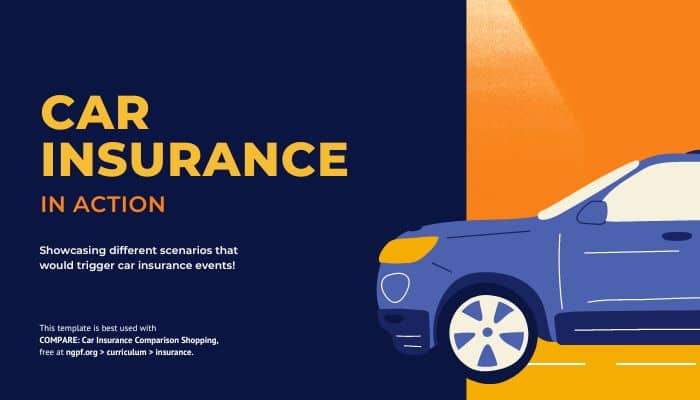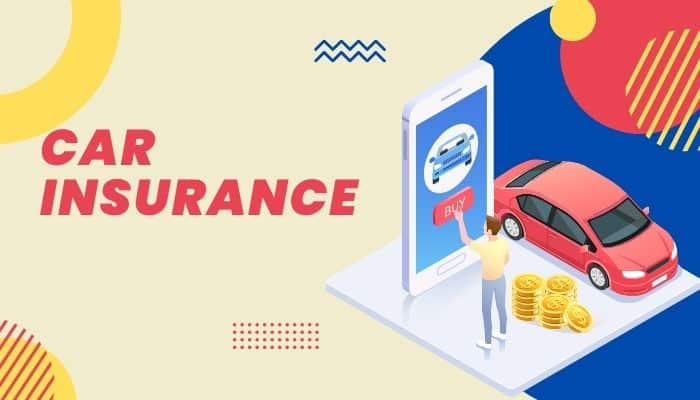The American car insurance landscape is on the cusp of a significant transformation. Fueled by technological advancements like autonomous vehicles (AVs), electric cars (EVs), and data-driven pricing models, the industry is poised to witness a major shift in how risks are assessed, premiums are calculated, and coverage is provided. Let’s delve into the key trends shaping the future of car insurance in America and explore some potential predictions.
The Rise of Usage-Based Insurance (UBI)
Traditional car insurance models base premiums on factors like age, location, and driving history. UBI, however, leverages telematics technology installed in vehicles to track real-time driving behavior, including miles driven, time of day, acceleration patterns, and braking habits. Safer drivers with fewer miles and responsible behavior can expect significant discounts, while those posing a higher risk might see adjusted premiums. UBI offers a fairer and more personalized approach to insurance, potentially leading to lower costs for responsible drivers and encouraging safer driving habits overall.

The Impact of Electric Vehicles (EVs)
The growing popularity of EVs presents both challenges and opportunities for car insurance companies. While EVs generally require less maintenance compared to gasoline-powered vehicles, the cost of repairs for their high-voltage batteries and electric motors can be significant. Insurance companies will need to adjust their models to account for these repair costs and potential fire risks associated with EVs. Additionally, the environmental benefits of EVs may lead to lower premiums due to fewer accidents and emissions.
The Disruption by Autonomous Vehicles (AVs)
The arrival of self-driving cars has the potential to revolutionize car insurance entirely. As AVs become more prevalent and accidents become less likely due to their programmed behavior, the traditional risk pool will shrink. This could significantly decrease the overall size of the car insurance market. However, new areas of coverage will likely emerge, such as product liability insurance for manufacturers of AV technology and software. Companies developing and maintaining AV technology might bear responsibility for accidents instead of individual drivers, impacting how insurers offer and price policies.
The Power of Big Data and Analytics
The availability of real-time data from telematics devices, connected cars, and even weather patterns is transforming how insurers assess risk. Advanced analytics can be used to predict accident probabilities, identify road hazards, and personalize coverage based on an individual’s driving habits and environment. This data-driven approach can lead to more accurate risk assessment, potentially resulting in lower premiums for safe drivers and potentially offering customized insurance packages based on individual needs.

The Emergence of New Players
The traditional car insurance market dominated by established companies is likely to see increased competition from new entrants. Technology giants, car manufacturers, and ride-sharing companies may leverage their access to data and customer bases to offer insurance products tailored to specific mobility solutions. This could lead to more competitive pricing and innovative insurance models that cater to the evolving transportation landscape.
Predictions for the Future
Based on these trends, here are some potential predictions for the future of car insurance in America:
- Shifting Focus: The focus of car insurance might shift from solely insuring individual drivers to encompassing the technology and software responsible for controlling vehicles, particularly with the rise of AVs.
- Flexible Coverage: Insurance companies might offer flexible and dynamic coverage options that adapt based on driving habits and usage patterns. Pay-as-you-go models based on miles driven or time spent on the road could become more prominent.
- Focus on Shared Mobility: Insurance for car-sharing services and ride-hailing platforms will likely become a significant segment of the market. Personalized coverage might be offered depending on the frequency and purpose of using shared mobility solutions.
- Cybersecurity Concerns: As cars become increasingly connected, cybersecurity risks will grow. Insurance coverage might be expanded to protect against hacking and cyberattacks that could compromise vehicle control systems.
- Regulation and Collaboration: Regulatory frameworks will likely evolve to address the complexities of insuring AVs and shared mobility models. Collaboration between insurers, car manufacturers, technology companies, and policymakers is crucial. This teamwork will ensure a smooth transition into the future of car insurance.
Conclusion
The future of car insurance in America is full of possibilities. Technological advancements and evolving transportation trends will drive a fundamental shift in the industry. By embracing innovation and leveraging data, car insurance companies can create a more personalized and efficient ecosystem. This requires collaboration across sectors and a willingness to adapt. The ultimate goal is to ensure car insurance continues to protect drivers, passengers, and property on the road in a safe and sustainable way.